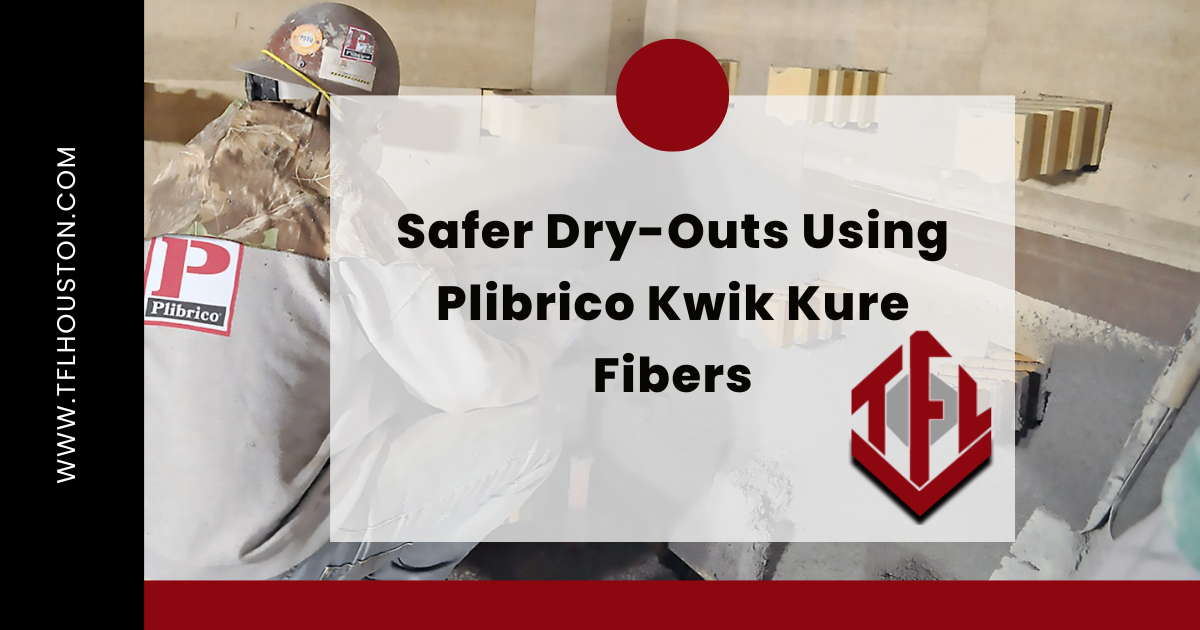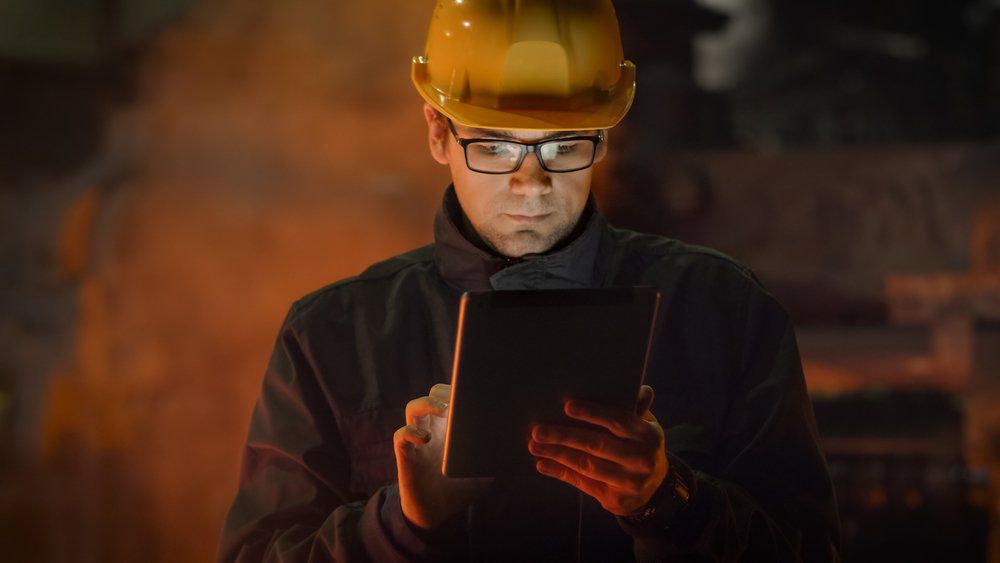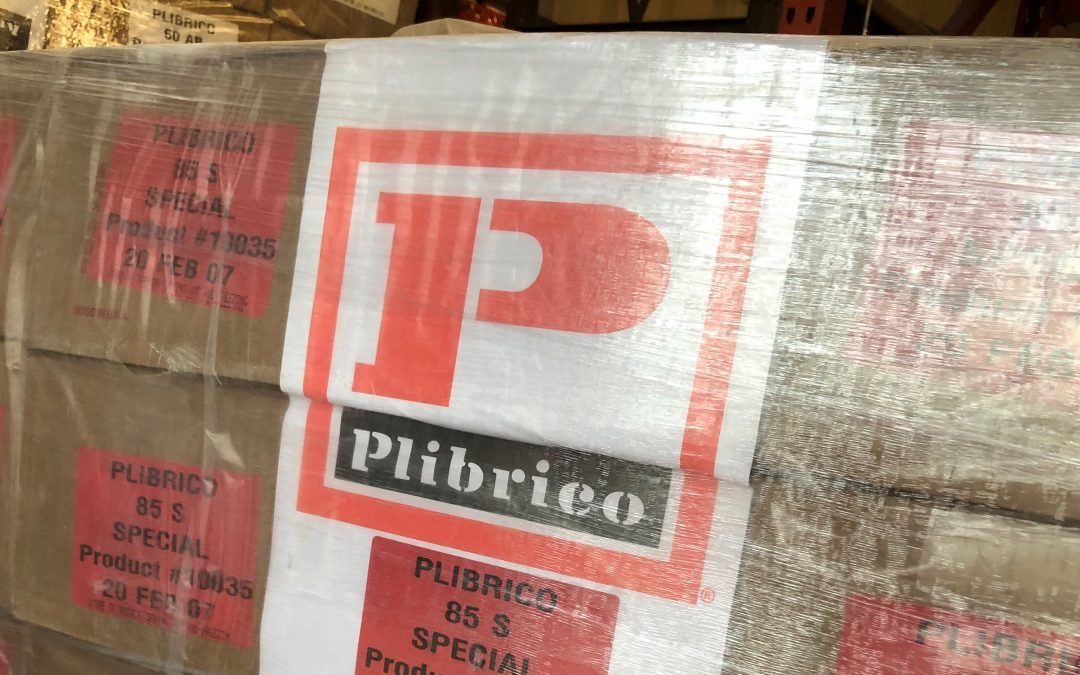Understanding Refractory Classifications Based on Chemical Properties
There are many ways to classify refractory materials, including the method of manufacturing, how they’re used, refractoriness, physical form, and thermal conductivity. In this article, you’ll learn more about classification based on the refractory’s chemical properties.
3 Basic Refractory Classifications
There are 3 basic refractory classifications based on chemical properties, which help determine how each one should be used. This is one of the most general classification methods but helps you understand what the material can withstand.
Understanding the chemical makeup of refractory materials is critical to their appropriate use.
Click To Tweet
Acid
Acid refractories are attacked by alkalis (caustic and/or corrosive substances). They’re used in areas where both slag and atmosphere are acidic. Examples include silica refractories, zirconia refractories, and alumino-silicate refractories.
Basic
These refractories are attacked by acid slags but stable to alkaline slags, dust, and fumes at high temperatures. Since they don’t react with alkaline slags, these refractories are of considerable importance for furnace linings where the environment is alkaline such as steelmaking operations. The most important basic refractories are magnesite refractories, dolomite refractories, and magnesia-chrome refractories.
Neutral
Neutral refractories are chemically stable to both acids and bases and are used in areas where slag and atmosphere are either acidic or basic. Common examples of these refractories materials are carbon graphite, chromite refractories, and alumina refractories. Graphite is the least reactive and is extensively used in metallurgical furnaces where the process of oxidation can be controlled.
Special Refractories
Special refractories are manufactured using synthetic grains free of impurities, under very stringent parameters. They’re used for special purposes, where cost is not an issue, as they’re extremely expensive.
Understanding Chemical Properties
Vital to refractory installation and use is an extensive knowledge of the chemical properties of the material themselves. This will dictate where they should be used, how they’re used and what factors will negatively affect them.
Contact Us to learn more about refractory classification or to find out more about installation .
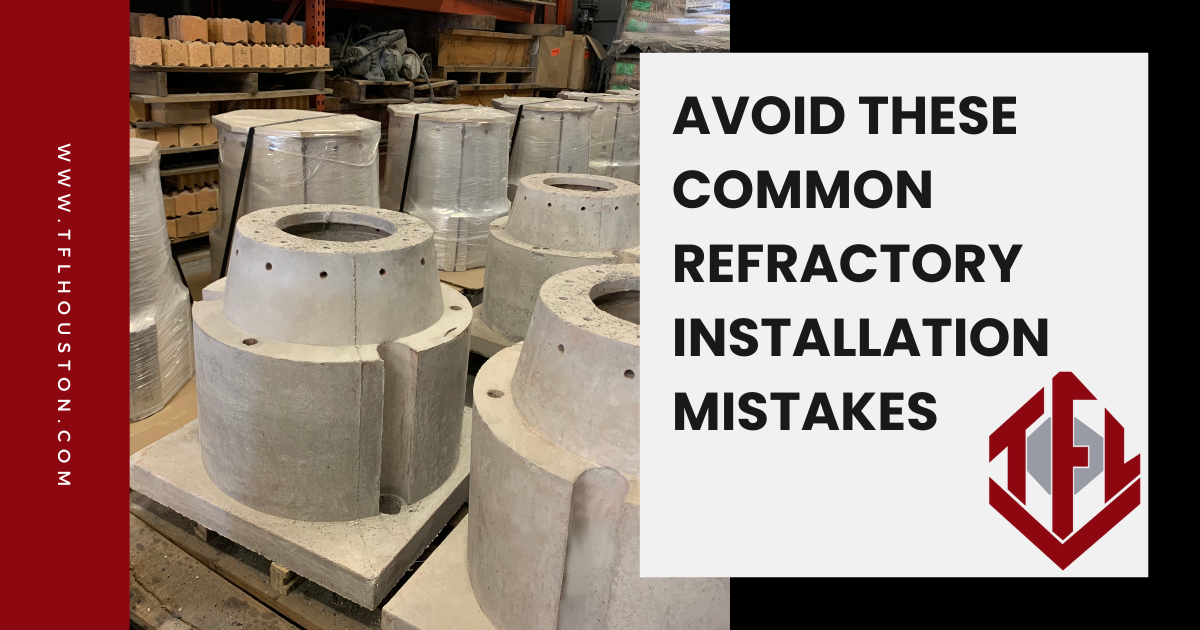
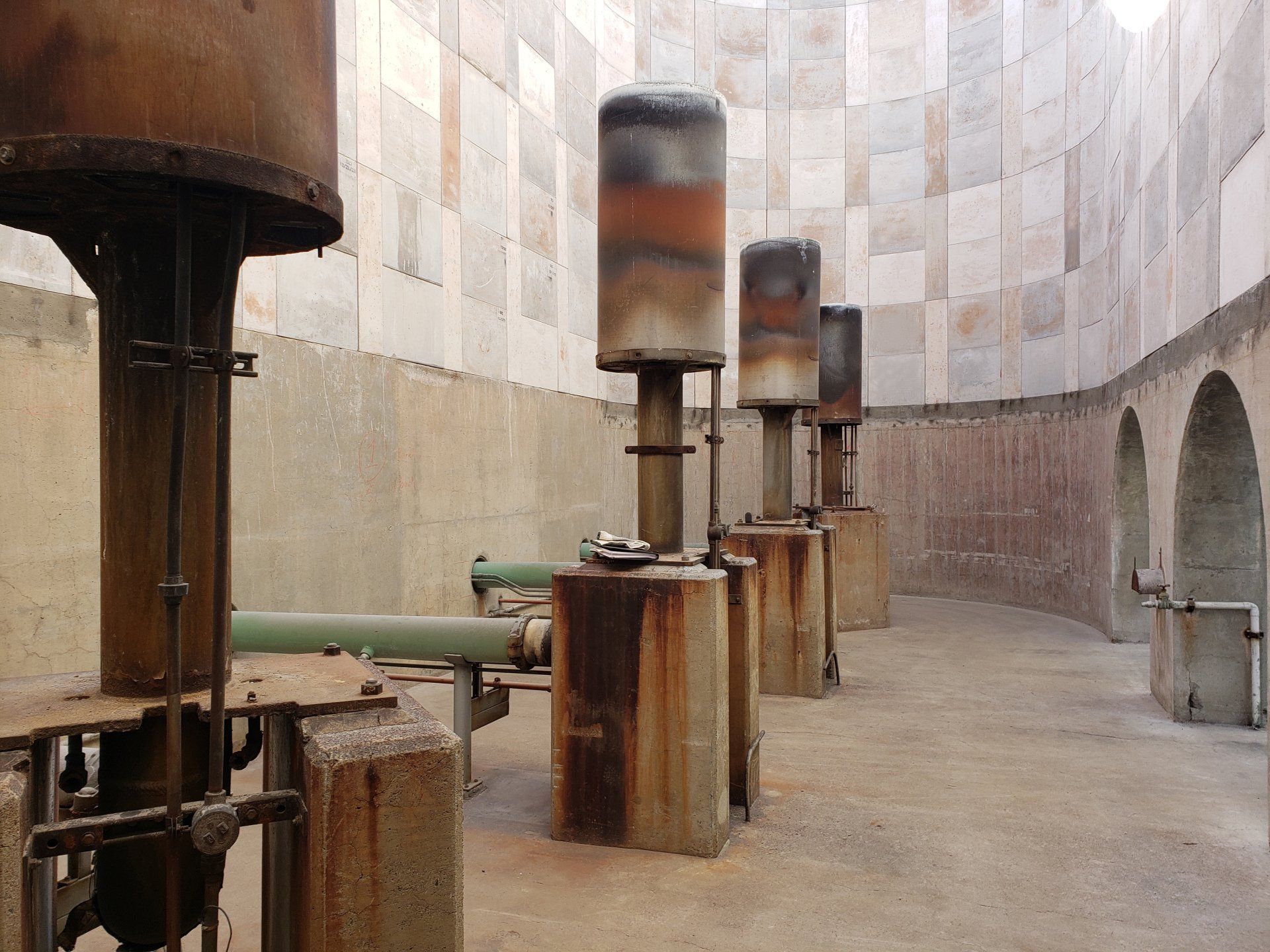
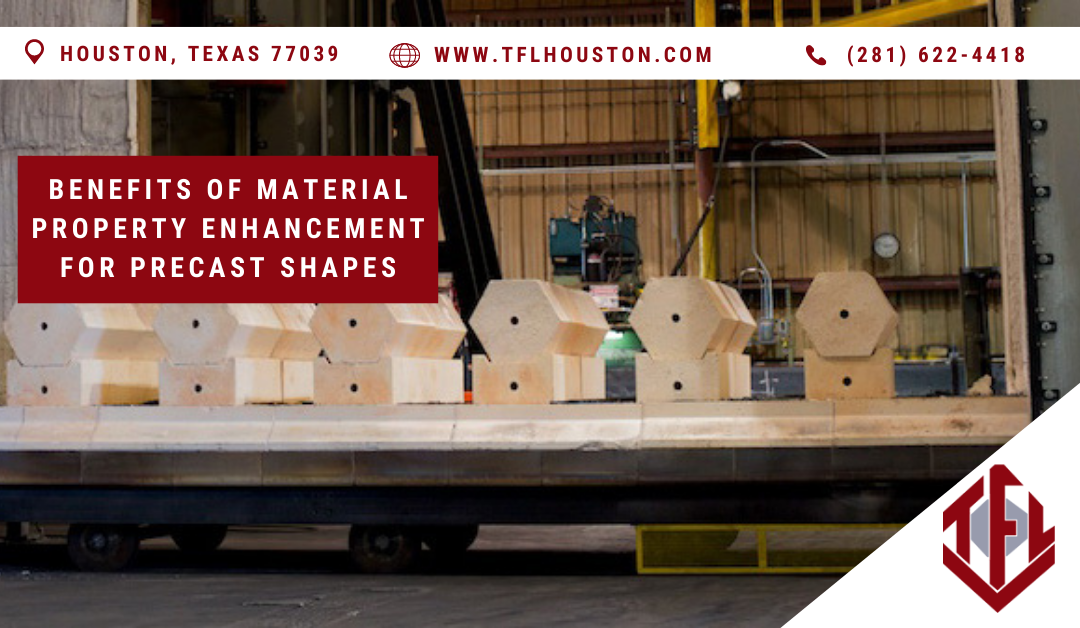
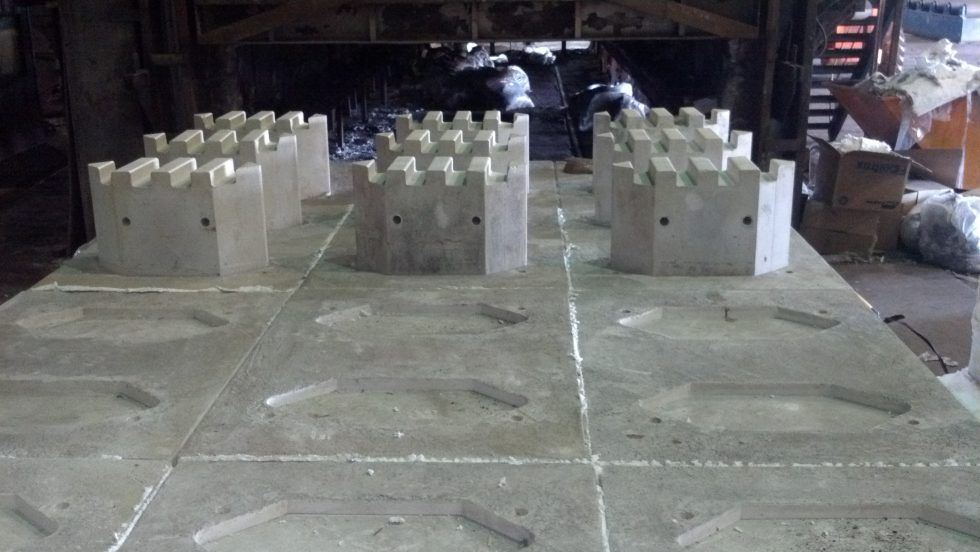

TFL Uses Custom Molding Techniques to Make Precast Refractory Shapes With Extremely Tight Tolerances
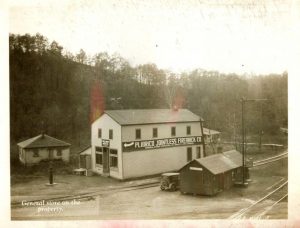
USEFUL LINKS
CONTACT US
All Rights Reserved | TFL Incorporated


